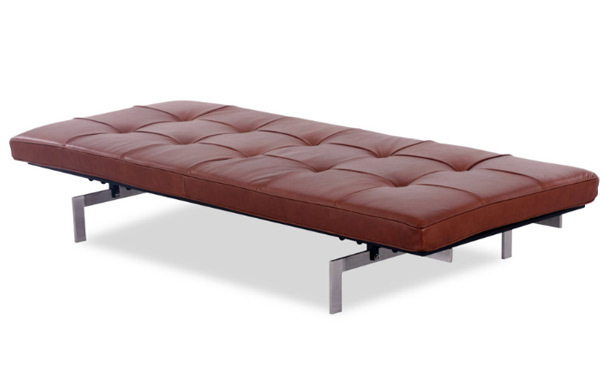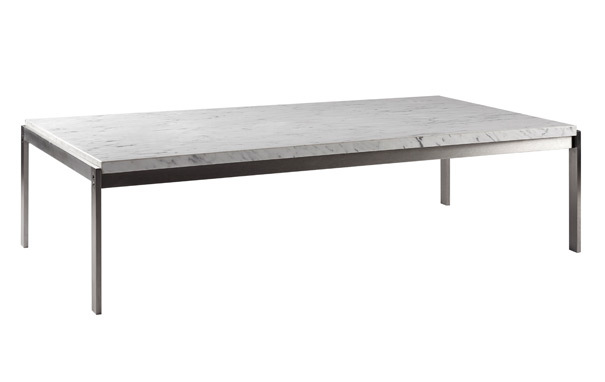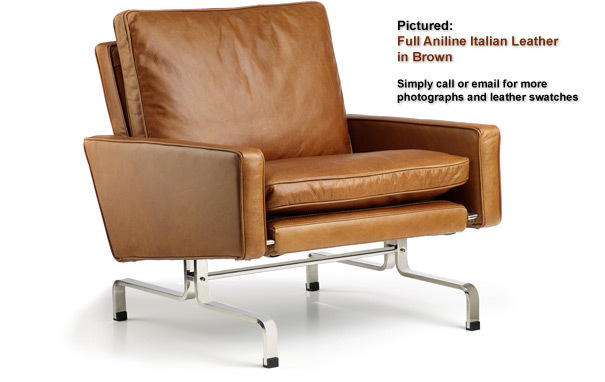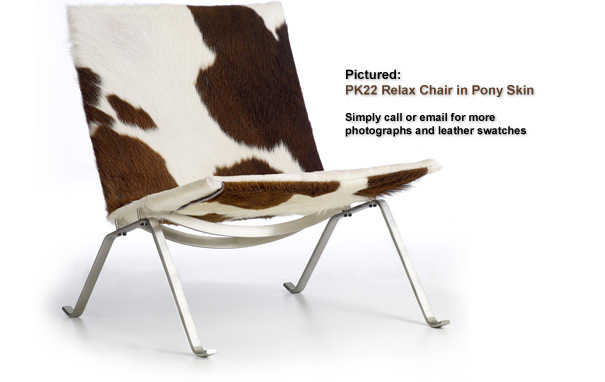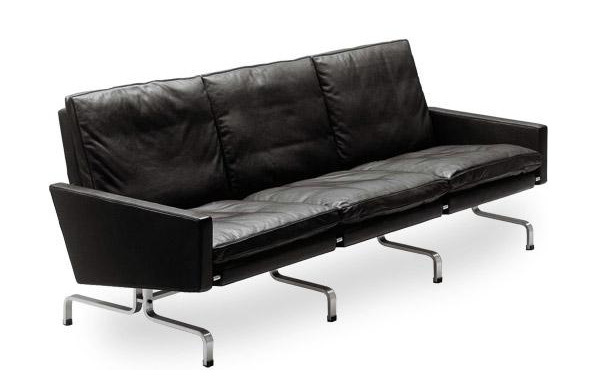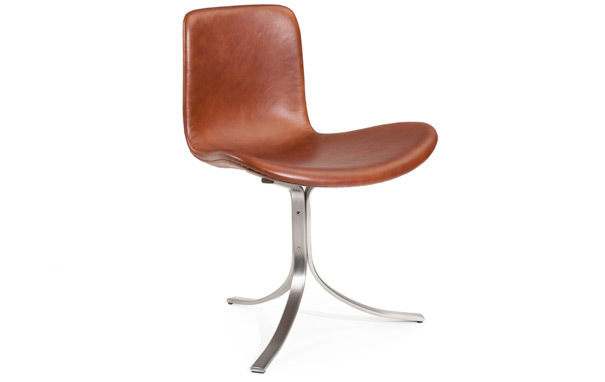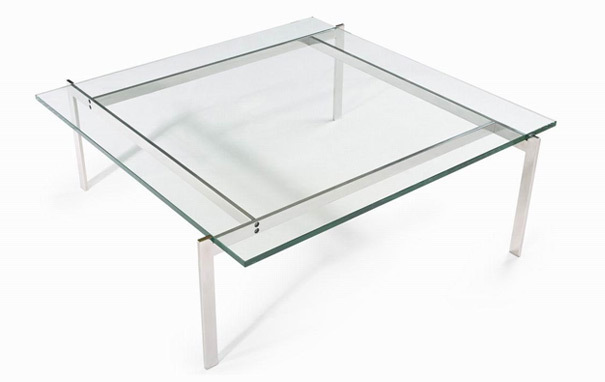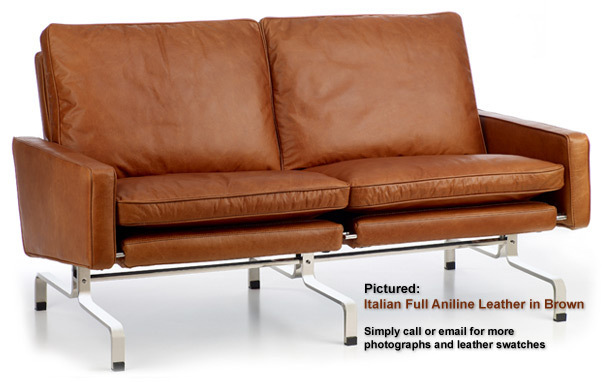Poul Kjaerholm
January 8, 1929 – April 18, 1980
Kjaerholm began his career by training to be a cabinet maker, before attending the School of Arts and Crafts in Copenhagen in 1952. In that same year he created the world-famous PK25 chair, which is still in production today, and began educating others in design and furniture production whilst still under the tutelage of renowned tutors Professor Erik Herløw and Professor Palle Suenson.
More innovative furniture designs followed, including new creations for Kjaerholm’s iconic PK series. Interestingly, Kjaerholm designed much of his furniture to fit with his own modernist home – a Copenhagen property devised by his architect wife, Hanne Kjaerholm – but such world-class creations couldn’t stay the personal property of just one family and his revolutionary furniture was soon on sale the world over.
In 1980, Kjaerholm died suddenly and unexpectedly, and his designs became even more revered and highly sought after. Key pieces of his furniture subsequently became part of the permanent collection at the Museum of Modern Art in New York and the V&A Museum in London, and his creations were also displayed in museums across Europe. Having won many design awards during his lifetime, including the ID award and the coveted Lunning Award, the widespread showcasing of Kjaerholm’s work in international art museums is a fitting celebration of this highly intelligent and ground-breaking designer.

